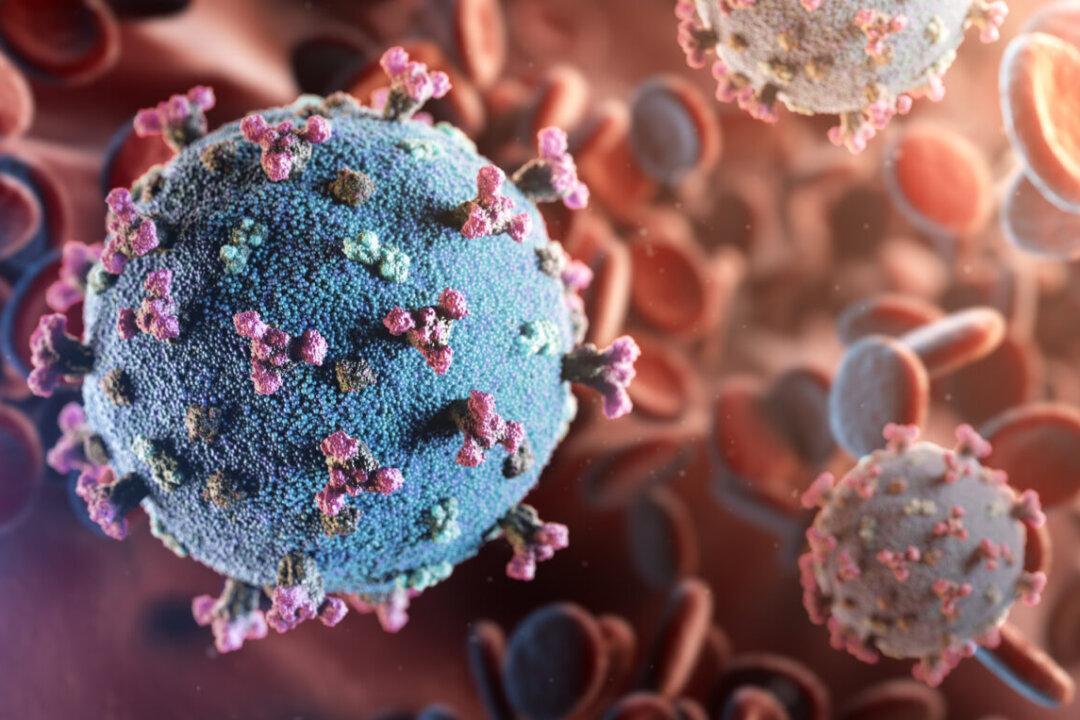Australian researchers are warning the country could face unexpected surges in previously minor seasonal viruses after a new study revealed that COVID-19 safety measures such as lockdowns have caused Australia’s seasonal virus landscape to change, with strains of some viruses dying out and new ones emerging.
Researchers from the University of Sydney completing the first studies into the COVID-19 pandemic’s impact on Australia’s other seasonal viruses have revealed that a common winter virus, Respiratory Syncytial Virus (RSV), has changed significantly.




